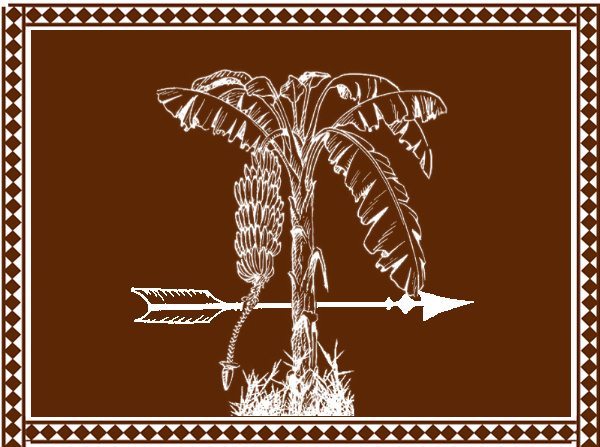
Every year, on the day after Markar Sankranti (summer solstice), Santal tribes of Odisha celebrate an archery competition known as ‘bheja tun’, which literally means shooting the banana tree.The origin of this tradition is revealed in this story.
Once there was a King who ruled over his vast kingdom. Though he was married for many years, the king and the queen had no children. As a result their relationship got strained day by day. The queen had a secret lover, a black Cobra. Whenever the king was away hunting, the Cobra would visit the queen and both of them would have a good time in each other’s company. Eventually, the king got wind of the matter and he decided to catch them. Once when the queen and the cobra were together, the king tracked and found them, and shot an arrow to the cobra’s head killing him instantly. The Queen was heartbroken and distraught with grief. All of a sudden she heard the voice of the cobra lover in her ear, telling her “Oh my sweetheart don’t cry. Bury my head at the entrance of your palace and we will meet each other again soon”. The queen followed his instructions and buried the head and soon a tree grew in that spot. But no one knew the name of this strange tree.
Meanwhile, the relationship of the king and queen deteriorated to such an extent that they would argue everyday. One day the queen set up a condition and told the king ” Let us put an end to this day to day argument of ours. I will ask you a simple question. If you fail to answer it, then you will be killed by an arrow shot through your heart. But if you answer it correctly then you can shoot an arrow, pierce my heart and kill me. Thus we can finally put an end to our endless quarrels.” the king agreed. He sent an invitation to all his relatives and his friends to be the witness of this strange game. He thought, if it had to be his last day of his life, then he would prefer to die with his loved ones surrounding him. So the queen asked the question ” Tell me the name of the plant that is at the entrance of our palace?” The king did not know the answer. He was in a fix and realised he would have to die, as per the rules of the game.
Meanwhile the king’s sister who stayed far away and was also invited to attend the ceremony was on her way travelling on a palanquin . While on the way she rested under a tree and she heard a huge vulture nesting on a high branch of the tree talking to her children. The mother vulture told her children, “Tomorrow all of you will fly off from this nest”. “But why tomorrow?” asked one of the young vultures. Mother answered “Tomorrow the King will be killed if he loses the challenge. Then I will bring you human flesh to eat. Our tradition is after eating human flesh the young vulture babies will have to move out of the nest and find their own destinies.” “But why will the king be killed?” asked the baby vulture. ” Oh Baby! The queen has asked the king to tell the name of the plant which is at the entrance of the palace gate. But the king does not know that it is the cobra- the lover of the queen that has grown into a plant. It’s a Banana plant”.The king’s sister who was resting under the tree overheard the conversation. She gave up resting and immediately resumed her journey. As soon as she reached the palace, she ran to her brother the king and whispered the name of the plant in his ear.
When the time for the question ceremony arrived the king revealed the name of the plant to the queen and won the competition. It was the turn of the queen to be killed by the arrow. She was tied to the banana tree. All the tribal chieftains strung their bows, took aim and got ready to shoot their arrows at the queen. As soon as the arrows were released, the queen’s lover, the cobra, pulled her into the Banana plant. The queen disappeared within the plant without a trace, and the arrows merely pierced the tree trunk.
The Santal tribes call this tree ‘Kaira’, meaning Banana tree. Till today the ritual of shooting the banana tree is conducted among the few tribal hamlets of Odisha on the day after summer solstice.
Story collected by Vidya Kamat
Textual Source: Folklore of Tribal Communities by Nityanand Patnaik
Location: Odisha
Image Copyright: Vidya kamat







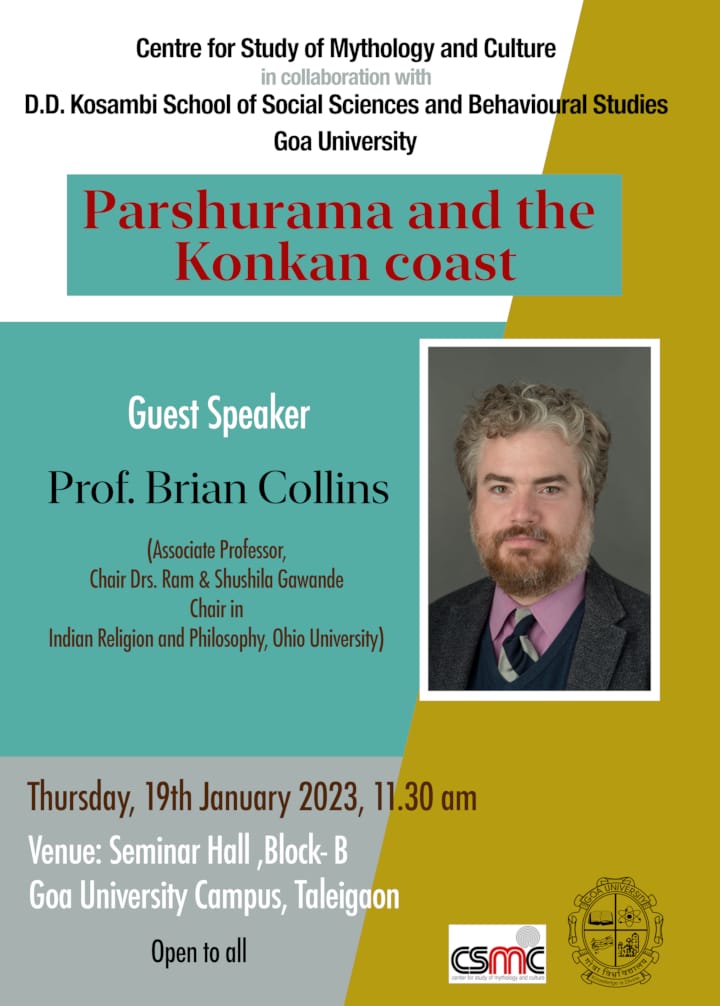
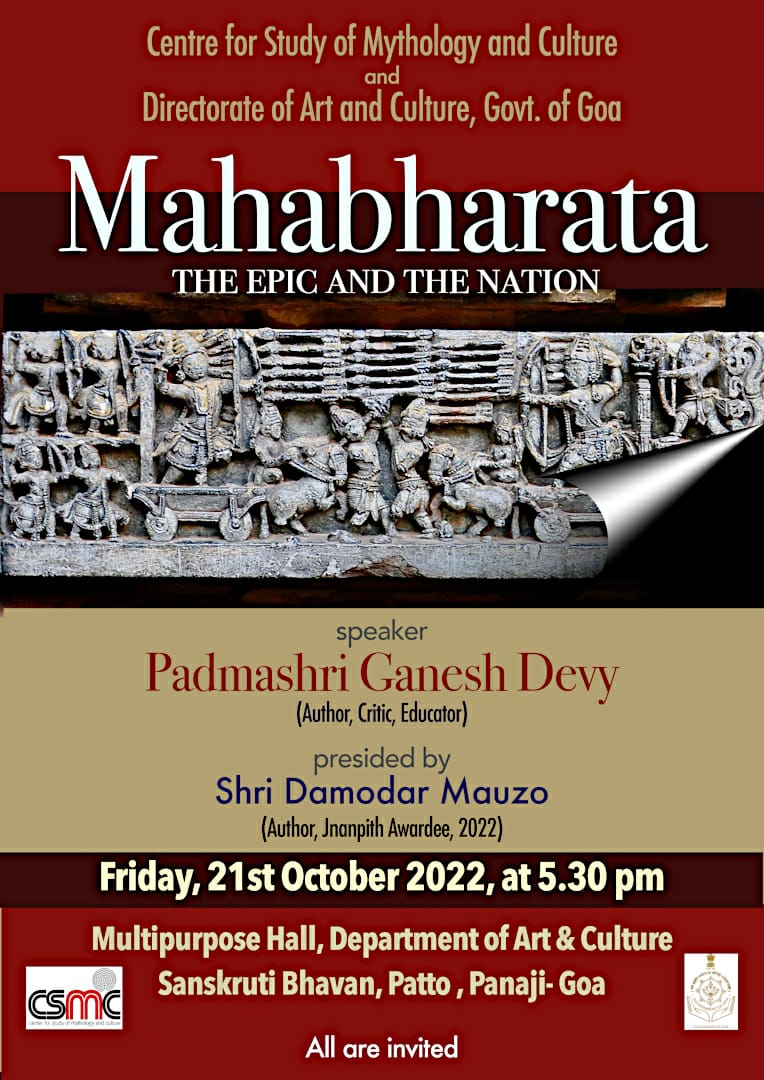
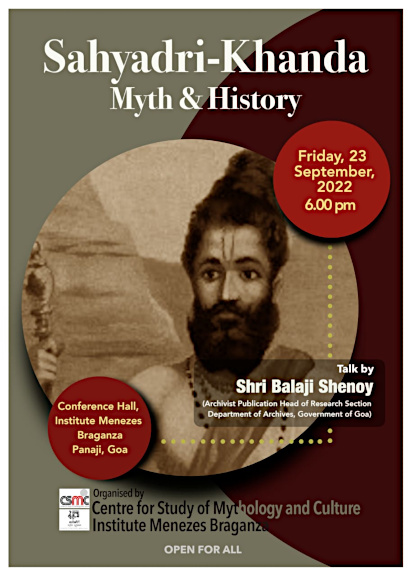
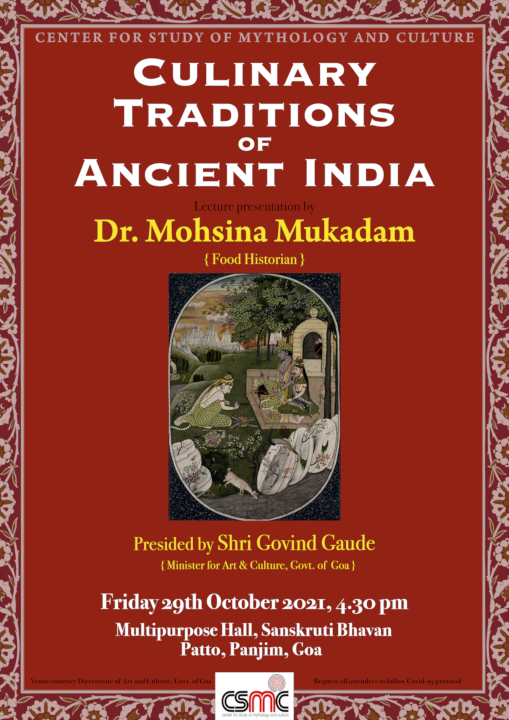

Leave a Comment